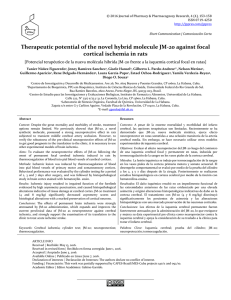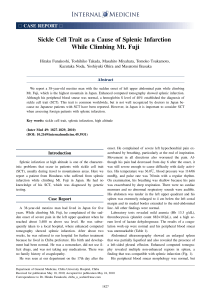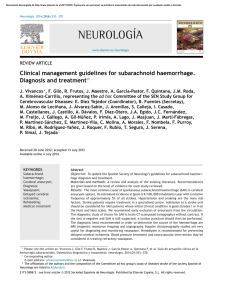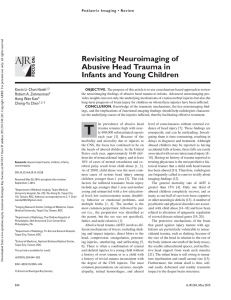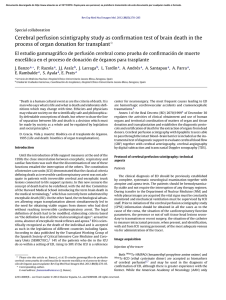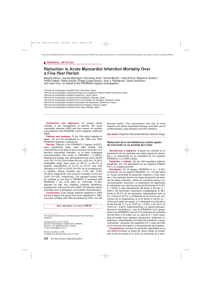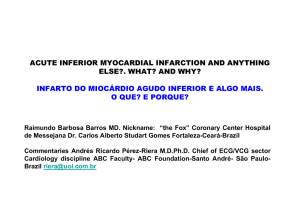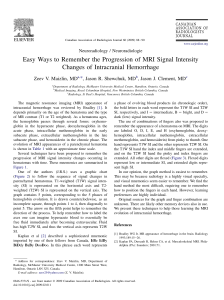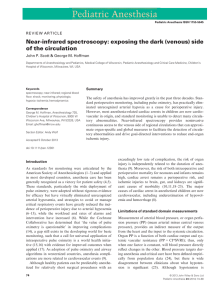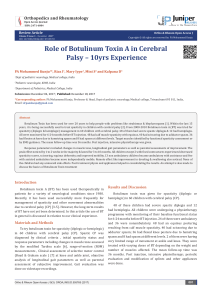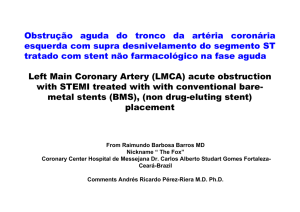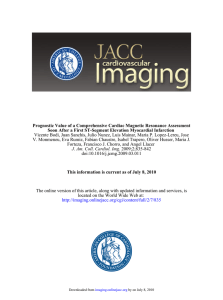toma (Table 4). Table 4. Classification of haemorrhagic strokes or
Anuncio
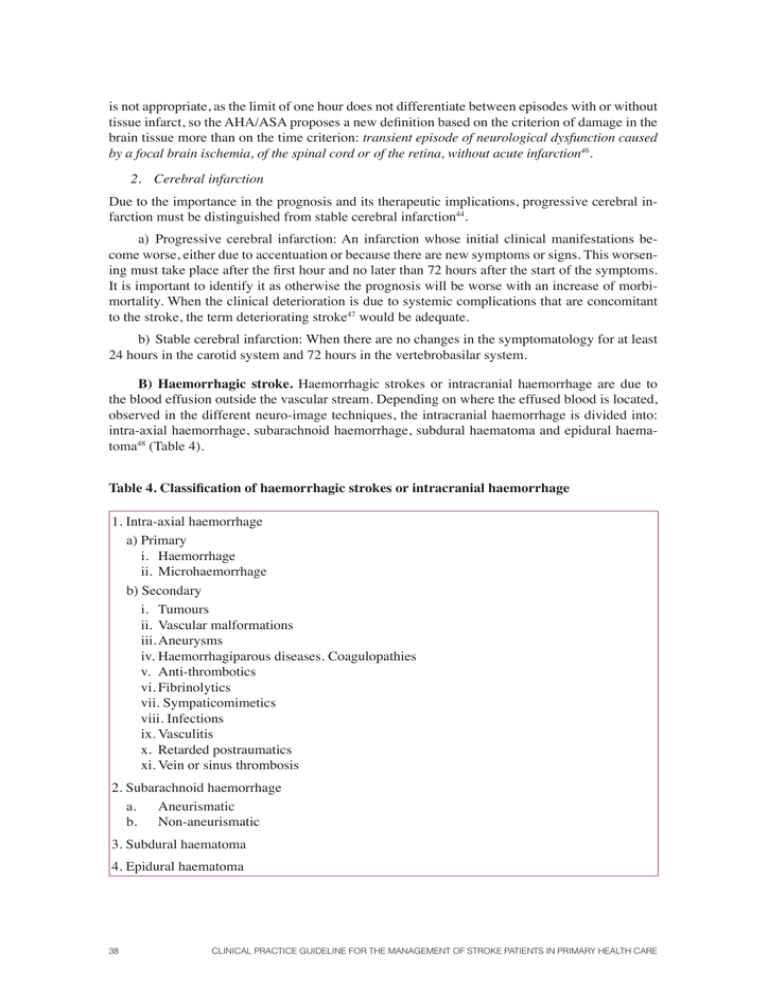
is not appropriate, as the limit of one hour does not differentiate between episodes with or without tissue infarct, so the AHA/ASA proposes a new definition based on the criterion of damage in the brain tissue more than on the time criterion: transient episode of neurological dysfunction caused by a focal brain ischemia, of the spinal cord or of the retina, without acute infarction46. 2. Cerebral infarction Due to the importance in the prognosis and its therapeutic implications, progressive cerebral infarction must be distinguished from stable cerebral infarction44. a) Progressive cerebral infarction: An infarction whose initial clinical manifestations become worse, either due to accentuation or because there are new symptoms or signs. This worsening must take place after the first hour and no later than 72 hours after the start of the symptoms. It is important to identify it as otherwise the prognosis will be worse with an increase of morbimortality. When the clinical deterioration is due to systemic complications that are concomitant to the stroke, the term deteriorating stroke47 would be adequate. b) Stable cerebral infarction: When there are no changes in the symptomatology for at least 24 hours in the carotid system and 72 hours in the vertebrobasilar system. B) Haemorrhagic stroke. Haemorrhagic strokes or intracranial haemorrhage are due to the blood effusion outside the vascular stream. Depending on where the effused blood is located, observed in the different neuro-image techniques, the intracranial haemorrhage is divided into: intra-axial haemorrhage, subarachnoid haemorrhage, subdural haematoma and epidural haematoma48 (Table 4). Table 4. Classification of haemorrhagic strokes or intracranial haemorrhage 1. Intra-axial haemorrhage a) Primary i. Haemorrhage ii. Microhaemorrhage b) Secondary i. Tumours ii. Vascular malformations iii. Aneurysms iv. Haemorrhagiparous diseases. Coagulopathies v. Anti-thrombotics vi. Fibrinolytics vii. Sympaticomimetics viii. Infections ix. Vasculitis x. Retarded postraumatics xi. Vein or sinus thrombosis 2. Subarachnoid haemorrhage a. Aneurismatic b. Non-aneurismatic 3. Subdural haematoma 4. Epidural haematoma 38 CLINICAL PRACTICE GUIDELINE FOR THE MANAGEMENT OF STROKE PATIENTS IN PRIMARY HEALTH CARE
